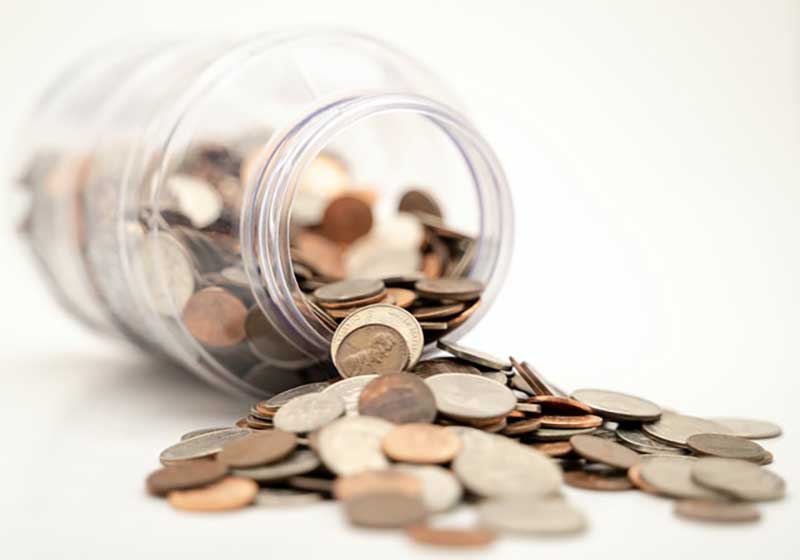It seems counterintuitive, but it’s absolutely true. I consult people across the country that fall into the same trap. Let me explain…
A route’s ROI is equal to net income divided by the price you paid.

Simple enough, right? Wrong.
Let’s start thinking about route ROI the way the pros in this industry do it.
That formula above might have helped us all pass our first finance test back in college, but when buying a business like a FedEx route it’s not quite the same. A lot of people think about buying a route like you’re buying a job (which it’s not), and that mentality keeps you from remembering the most important and best part of a route.
The day that you decide to sell your route can often be one of your happiest days.
Sometimes, getting a route is like buying a boat. The two happiest days of a boater’s life is the day they buy their boat, and the day they sell it. The difference between a boat and a bread or FedEx route is one of them takes your money, the other one makes you money. I can hear you already…
“Get real Route Tycoon guy! Why is it so great when you sell a route? You’ve lost your stable income!”

Because when you sell, you often can make a boat load of money (just when you thought I picked the boat analogy with no real purpose). When I advise the people I have one on one consultations with, I’m always trying to help them determine what a route is actually worth. Using stats compiled over years, we can see the overall tide of route valuation is in a stable, steady, slow uptrend. It’s not that exciting, but sadly exciting investments often fail to pay bills when they arrive in the mail.
Give me steady legit growth any day of the week…
HOW TO CALCULATE ROI FOR A FEDEX OR BREAD ROUTE LIKE A PRO:
If you can figure out what a route’s worth, then you can finally calculate ROI.
For example, when I see a route, and it’s making $60k and I have a requirement that I need $100k at the end of the year, I don’t pass quite yet on the $60k net income route. Why? Let’s say I have the stats on what other routes have been listed for in a particular region over the course of the last 2 years (and I do). I can then look at the sales price to determine my true income for the route.
Looking at the route type, and also the region, if I see that most routes are selling for $150k that make $60k income and the owner is wanting to sell for $100k, I’m going to place an offer on that route (presuming the route due diligence all pans out). This is because I’m going to make $60k on the route throughout the year I own it, and then I’m going to sell it for $150k and make $50k on the sale, which puts me at $110k income for the year.
Usually in that years worth of time, I’m going to meet other contractors wanting to sell to someone that already knows the business (which will now be me) and I’m likely to pick up another good route in the mean time.
You can’t think like an employee anymore. Your income is no longer just your paycheck.
Understanding that income is a multifaceted issue, you’ll hopefully see that your ROI equation should actually look more like this:
Current income of the route + (the value of the route – the amount paid for the route) + the potential of other opportunities discovered from being in the business + the potential growth of the territory you’re buying.
Update for 2019 —
In 2019, the reality is that Valuation growth needs to be added to this equation. As contractors become larger in size and fewer in absolute number of contractors, combined with the demand increasing for FedEx routes due to more people learning about buying routes, is creating higher valuations. Lower supply, increased demand = higher valuations. How much higher will it go? That’s yet to be seen, but I’ve noticed a steady uptrend in valuation over the last decade now.
Consider the following very hypothetical situation. Buy a route at a 3x multiple for $1M that’s netting $333k. It sounds like that would be a 33% ROI. But if by the end of the year, you’ve purchased additional routes netting $100k for only $200k, for a total income of $433k. And if all your routes have grown organically another 10% in the year, that’s $476k total. Finally, if the valuation ticks up to a 3.3x multiple throughout the year, then have a business netting $476k valued at 3.3x for a valuation at $1,570,000. If you put down 20% to acquire the business via SBA funding, you would have put in $220k to buy the business ($200k for the initial acquisition, and $20k for the additional one), and when you sell you’re getting back $370k in valuation beyond the purchase price, plus the income of $476k in the year for a total of $846k on an investment of $220k. So your ROI in this hypothetical scenario is 384%, not 33%. Yes, there’s some loose math here, and there’s massive caveats in each of these situations, BUT I’ve seen situations like this actually occur. Also everyone likes to calculate their ROI a little differently, with some looking at NOI figures, EBITDA, Cash-on-cash and so on. I presume everyone knows these sorts of calculations and can pick whatever method they’d like to use, I’m bringing this up here only to illustrate that looking at the income alone in these deals is simply a very short sighted approach.
This is just one of the many steps towards buying a route, and nothing new is easy when you’re doing it alone. If you’re ready to move forward with routes, be sure to tread those waters carefully or allow yourself to speed up your process and avoid the landmines with personal consultation for bread and FedEx routes.

